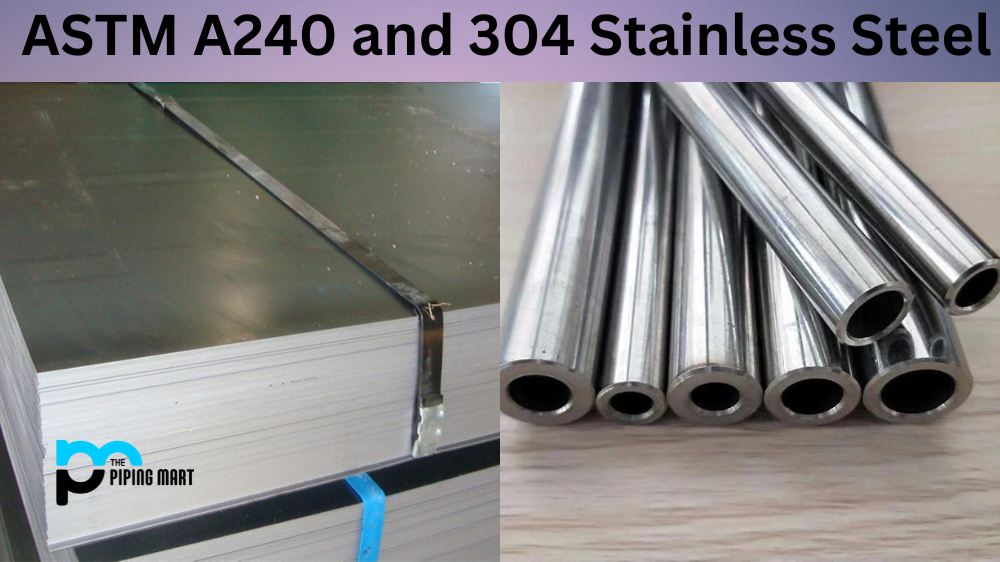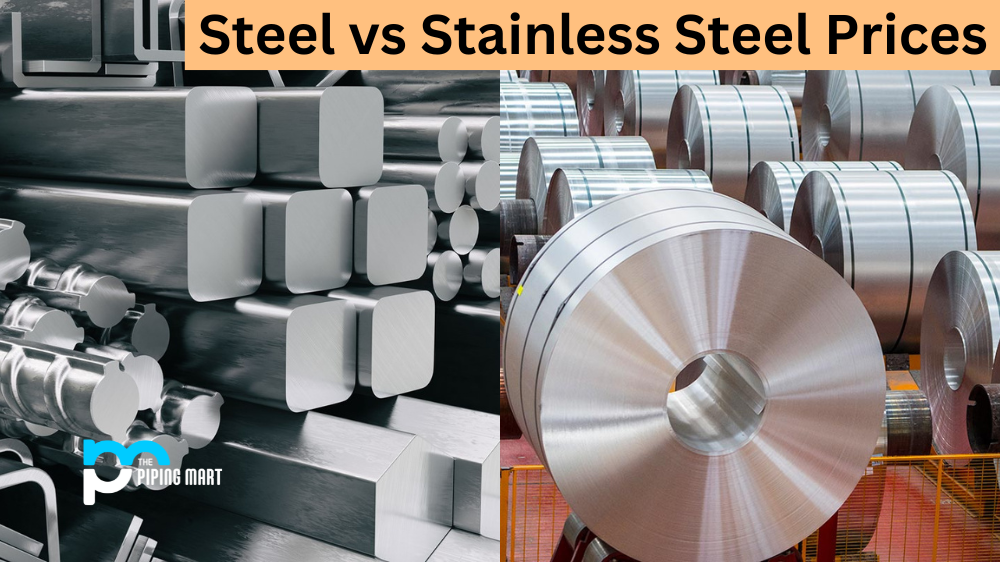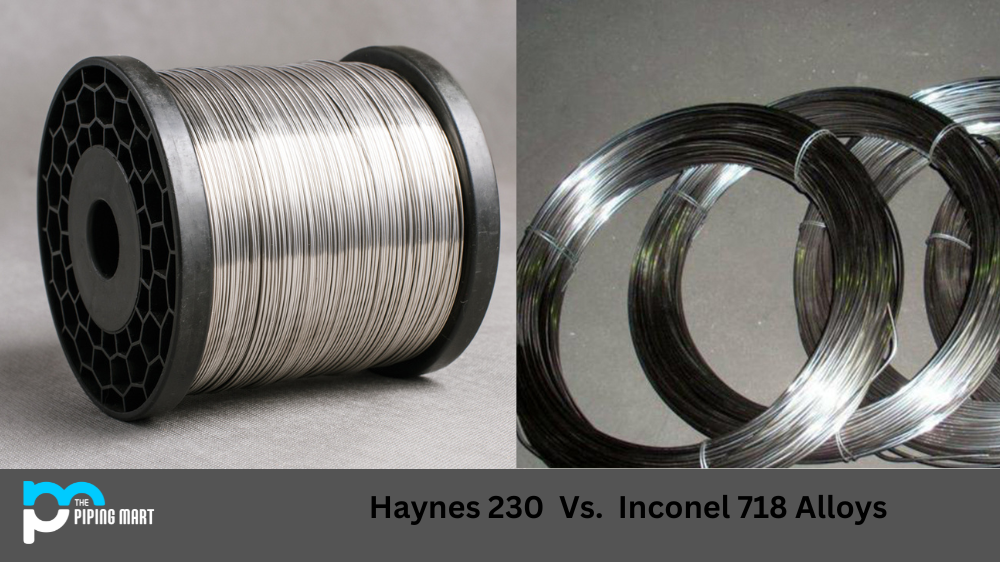Melting brass is a process that can be used to create new brass objects or to repair existing ones. It’s also an important process for those in the metalworking trade, as it allows them to combine different types of metals and create unique pieces. In this blog post, we’ll discuss the basics of melting brass and how you can use it to your advantage.
Tools Needed for Melting Brass
To melt brass, you’ll need a few essential tools. The most important tool is a furnace specifically designed for melting metal, such as a crucible furnace or an induction furnace. You’ll also want to have protective gear like safety glasses and gloves, as well as tongs and other tools for stirring the molten metal. If you plan on casting the melted brass into shapes or moulds, then you’ll need these items too.
Melting Process
Once all the necessary tools are ready, it’s time to begin the melting process. Begin by heating up your furnace until it reaches temperatures between 1,400-1,600 degrees Fahrenheit (760-870 °C). Once the correct temperature has been reached, add your brass pieces to the furnace and allow them to melt. Use tongs or other tools to stir the molten metal occasionally to ensure that all pieces have melted evenly. Once all of your metal has melted down into liquid form, it’s time to pour it into whatever shape or mould you are using. For example, if you’re casting a figurine out of brass, then you could pour your molten metal directly into that mould at this stage in order to produce your desired result.
Post-Melt Processes
After pouring your molten metal into its desired shape or mould, allow it to cool completely before handling it again with tongs or other tools. Depending on what type of object you’ve created with your melted brass, there may be additional steps needed in order for it to become usable or functional in some way— such as polishing or sanding down any rough edges left behind from the casting process. Additionally, if you’re repairing an existing object made from brass, then welding may be necessary after melting in order for everything to fit together properly again once cooled down.
Conclusion:
Melting brass is an effective way of creating new objects out of raw materials or repairing existing ones made from this malleable material. Getting started with this process successfully, though, requires specific knowledge about melting temperatures and safety protocols when working with hot metals like brass. With the right tools on hand and enough practice over time, though, anyone can learn how to melt their own objects out of this versatile material! Whether you’re interested in creating something new from scratch or just repairing something old made from brass—melting is definitely worth considering if you want quality results!




